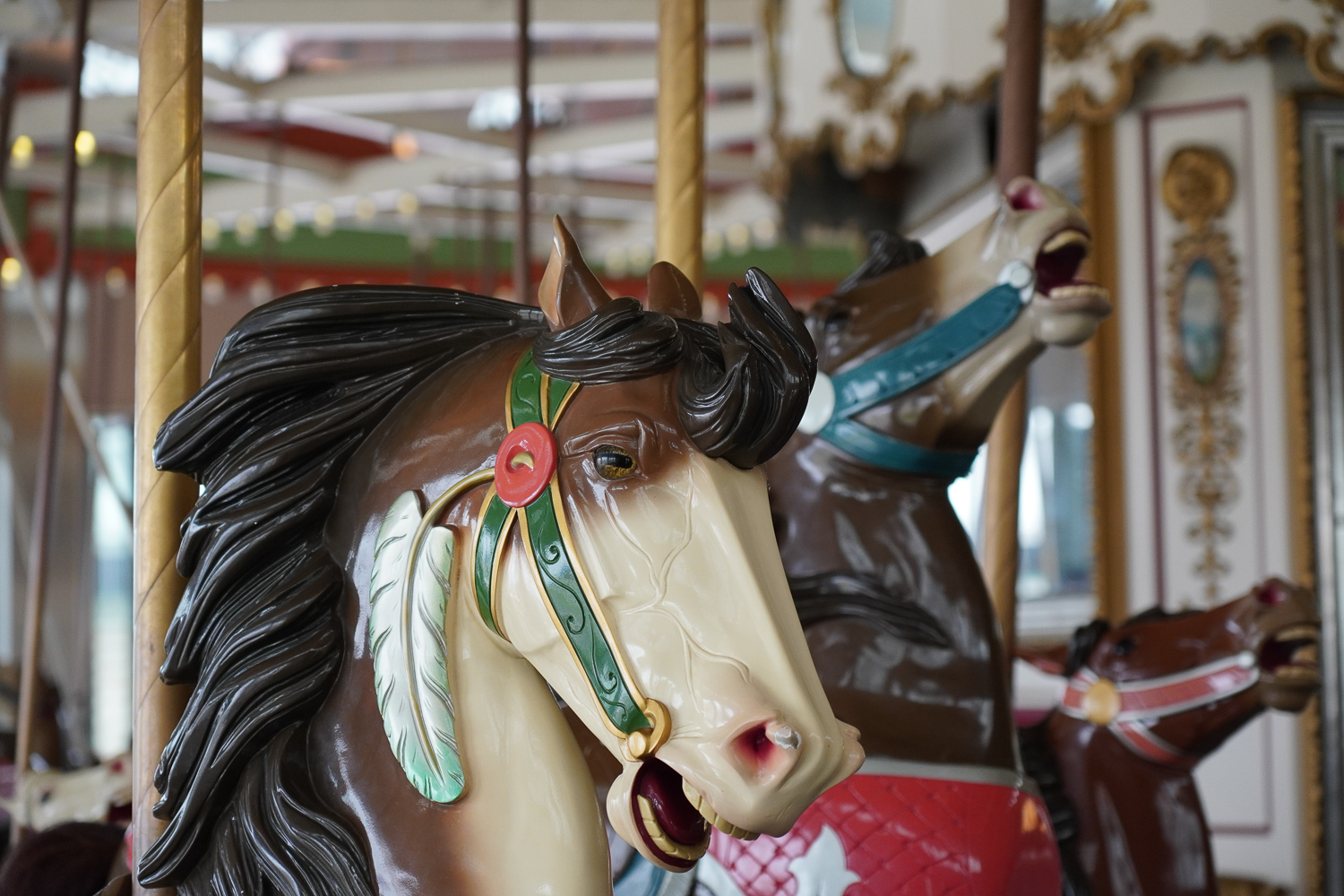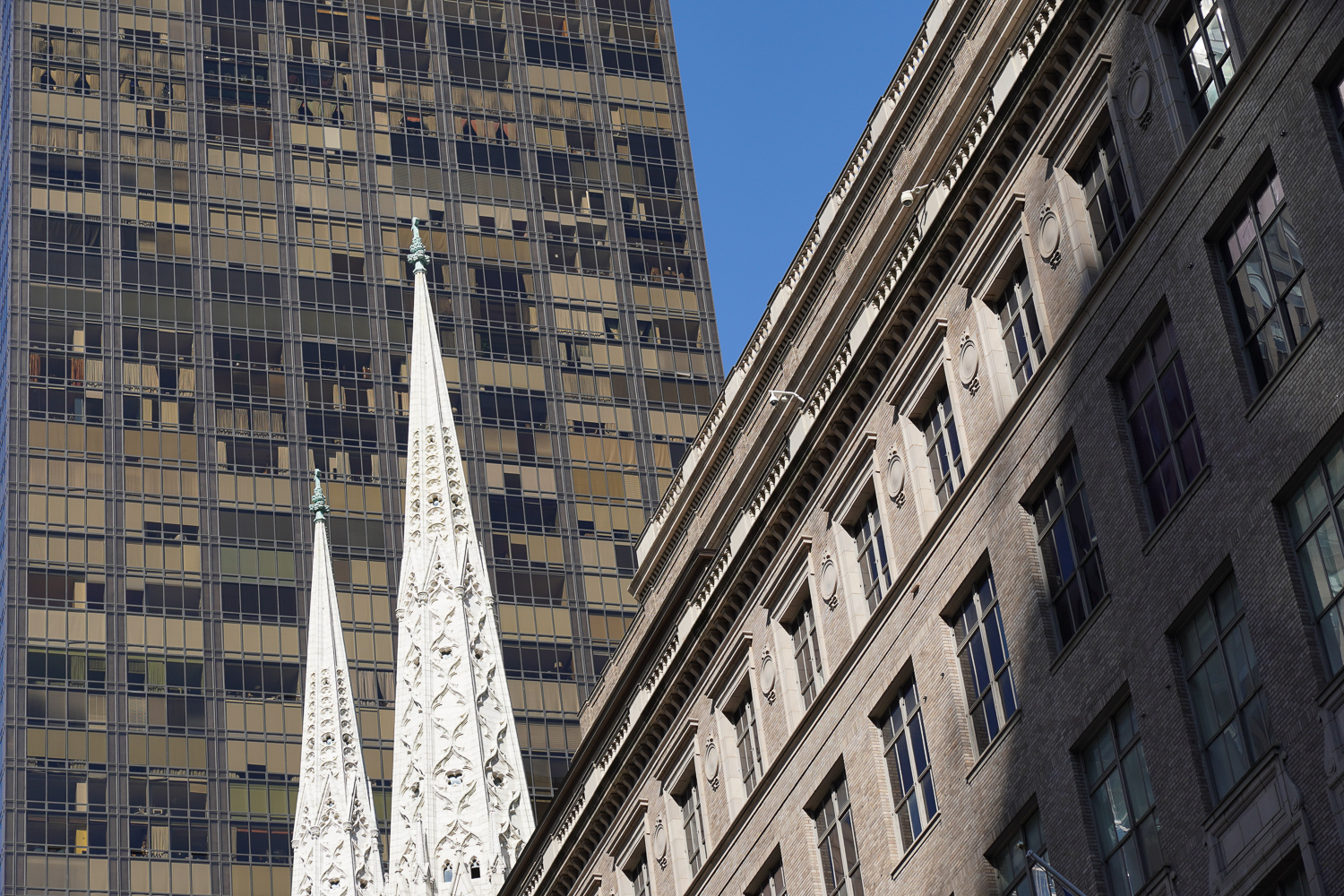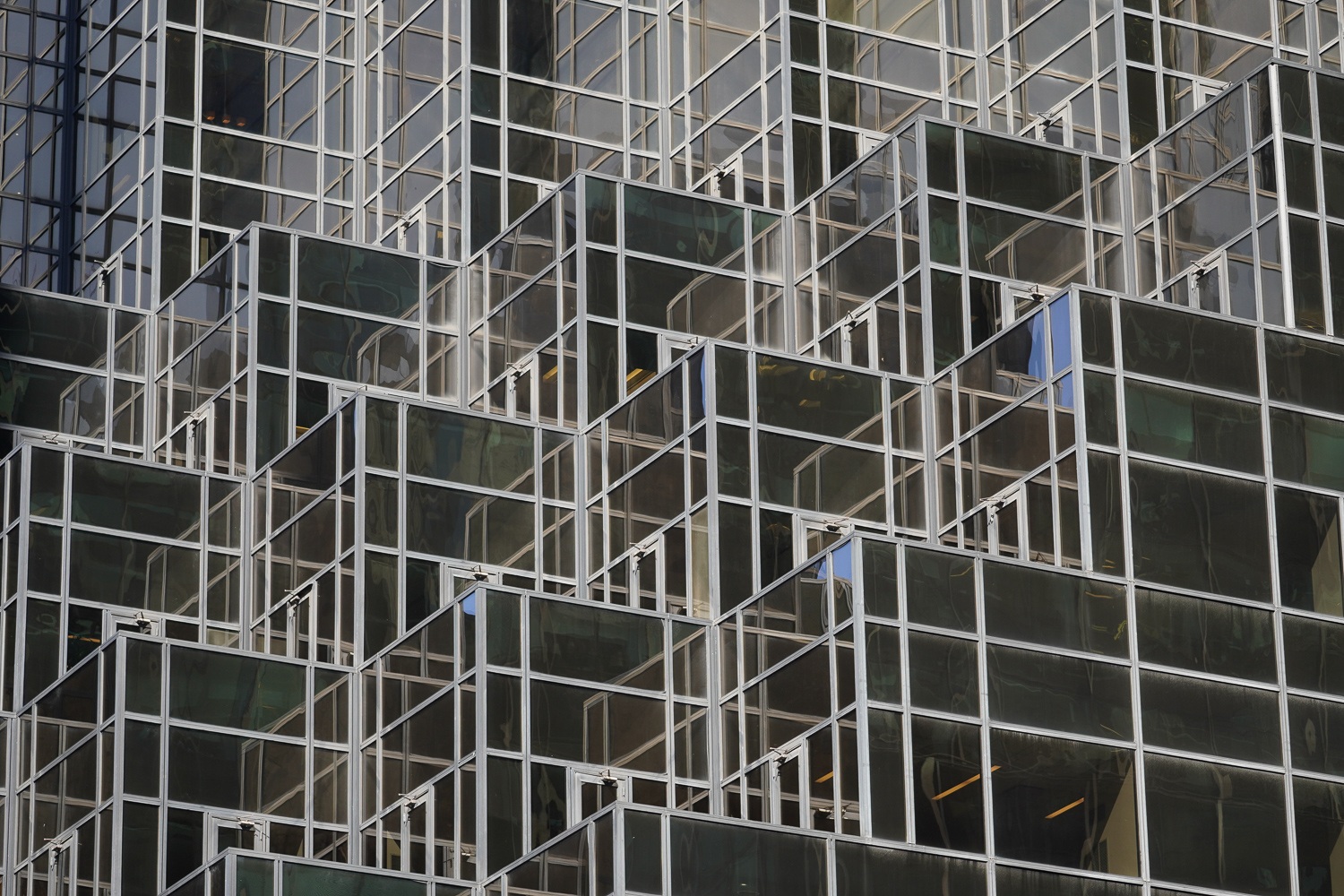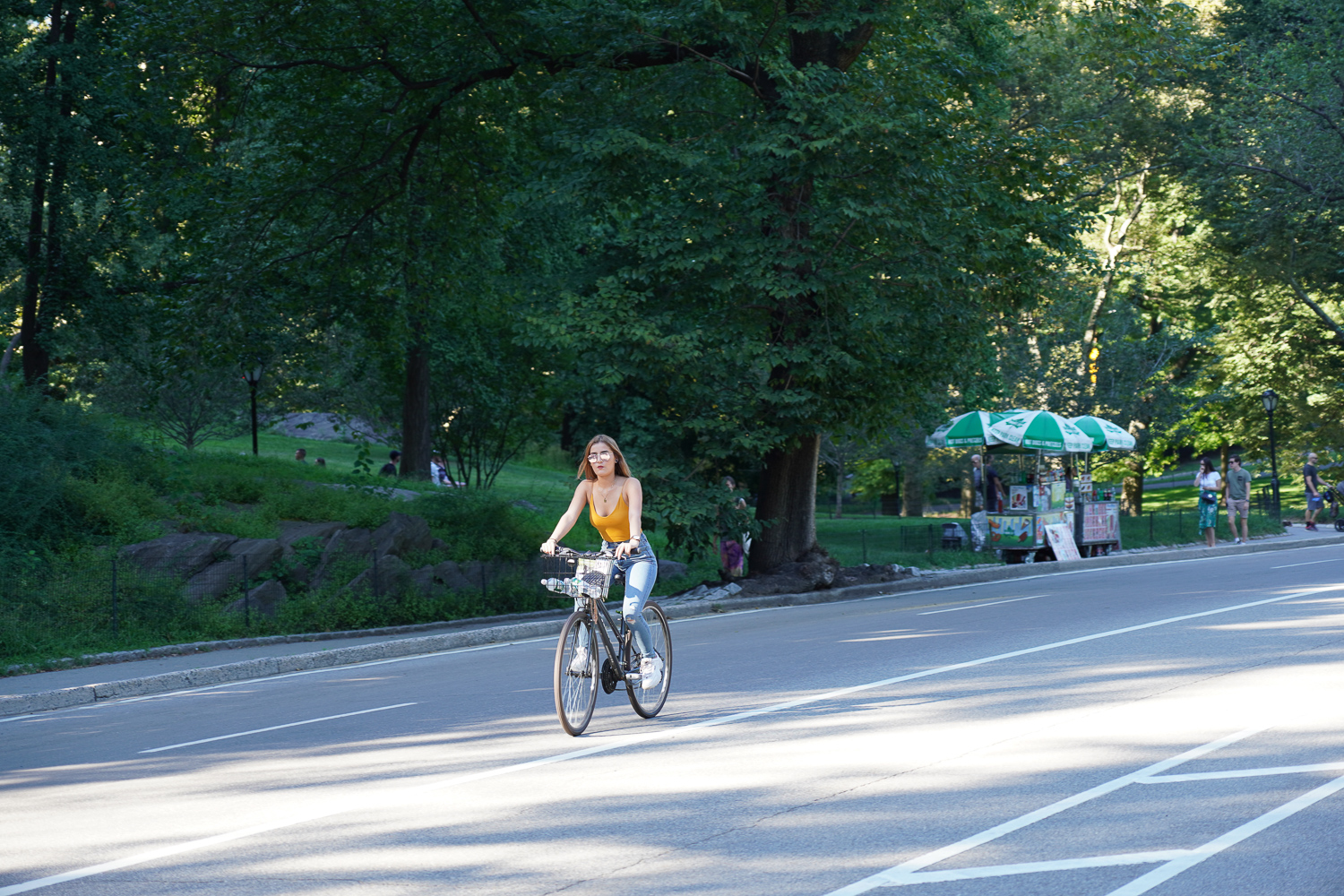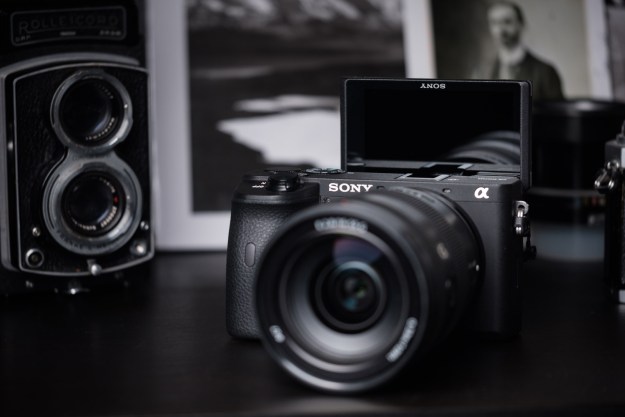
“It's an evolutionary update, but the A6600 is still top dog thanks to better battery life and best-in-class autofocus.”
- Real-Time AF is a breeze
- 810-shot battery life
- Sensor-shift image stabilization
- Bigger grip
- Same sensor as A6500
- Low-res EVF compared to peers
APS-C cameras have to shout to be heard over the roar of increasingly popular full-frame cameras, but a pair of APS-C models announced by Sony in August 2019 prove that smaller sensors still have life left. The $750 A6100 is a budget mirrorless camera targeting the beginner or casual photographer, while the flagship A6600 is $1,400 enthusiast’s camera that should even make many professionals happy.
These cameras have much in common, including their 24MP sensors,
But with so many similarities between the A6100 and A6600, you might be wondering if the latter is worth the higher price. We think it is. From the better build quality to longer battery life, it has the features that will keep you shooting for years to come.
Design and handling
Venerable is the best way to describe the design of Sony’s A6000-series cameras — outwardly, they haven’t changed much over the past five years. That’s not to say nothing has been enhanced.
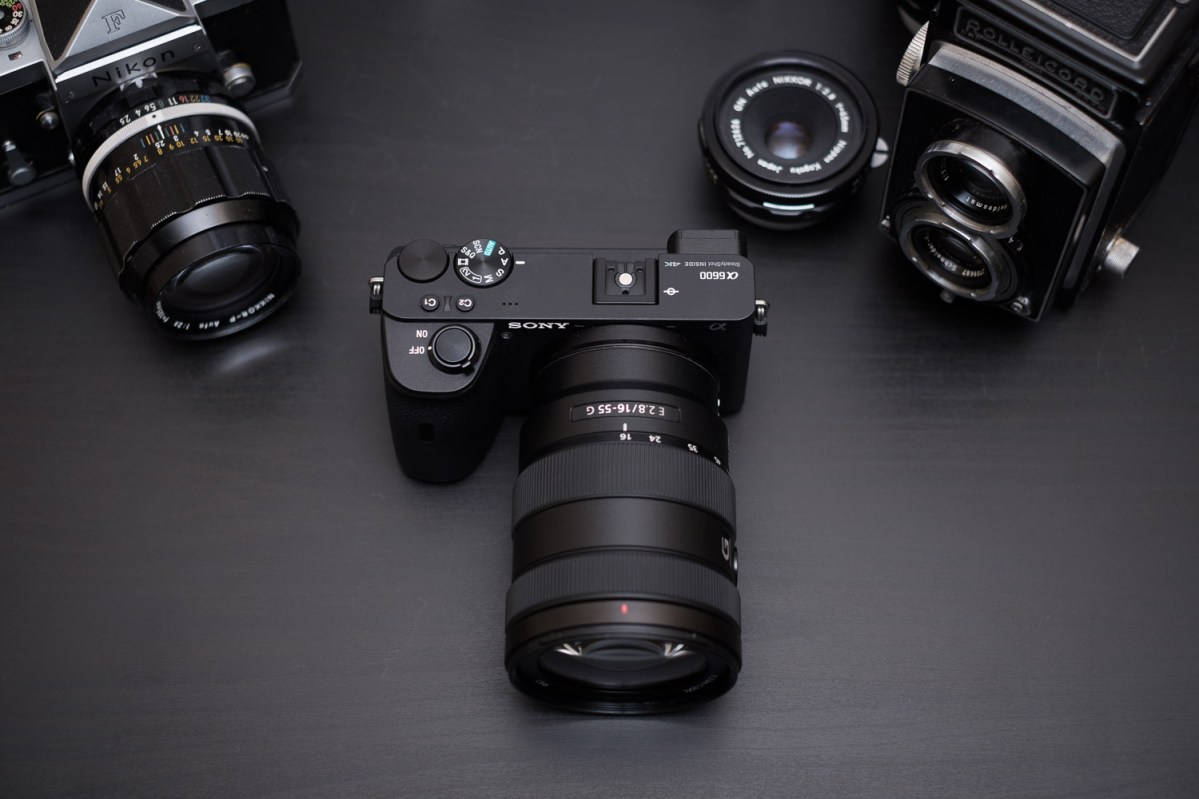
The A6600 has a much deeper and more comfortable grip than its predecessors, a nod to its target audience of advanced enthusiast photographers. That larger grip has space for a much more potent “Z” battery rated for 810 shots, almost double earlier models.
The A6600 measures 4.75 x 2.75 x 2.4 inches and weighs 18 ounces without a lens. We had no issues walking around with this camera and the 16-55mm f/2.8 G lens during our limited hands-on experience.

The controls, for better or worse, remain familiar. There’s a good amount of direct access control, but we have to voice our usual squawk about the video record button being tiny and wedged into a corner). It’s a similar story for the menus, which, while improved, could still be made simpler and easier to navigate.
The EVF is 2.36 million dots while the touch-enabled screen is 921K pixels. Neither is best in class — the Fujifilm X-T3 has a 3.6 million dot EVF — but they worked fine in practice.
Video shooters will appreciate the inclusion of both headphone and microphone jacks along with HDMI out and power connections. Overall, the new A6600 has a nice “heft,” with the magnesium alloy frame contributing to that feeling. The camera is dust and moisture resistant, as well.
The eyes have it
Although the new flagship camera has a familiar persona, it has many features of more expensive full-frame Sonys such as the new A7R IV ($3,500), including 5-axis in-body image stabilization. The best new features are Real-Time Tracking and Real-Time Eye autofocus (the latter of which now recognizes animal eyes in addition to human eyes).

The underlying hybrid autofocus system is much the same, offering 425 phase- and contrast-detection points covering 84 percent of the frame.
We’ve loved the original Eye AF since it first arrived generations ago, and the new Real Time improvements put Sony cameras at the head of the pack when it comes to focus. Getting tack-sharp shots is easier than ever.
Real-Time Tracking and Real-Time Eye AF also work great in video mode. Since video often deals with moving subjects or a moving camera, having a reliable AF system can be the difference between a great shot and an unusable one.
Initial image quality impressions
To give the A6600 a workout, Sony brought us to Coney Island in Brooklyn (we were guests of Sony, but all opinions are our own). While there were no bizarre sideshow attractions to photograph, there were acrobats, jugglers, magicians, and fashion models available. Nearby, there were roller coasters, carousels, boardwalks and other iconic scenes.
Have we said how much we like Real-Time Tracking and Real-Time Eye AF? Forgive us for being redundant but this really sets this camera apart. You simply focus on a face and the camera takes over as it tries to lock onto a person’s eye.
In the viewfinder, you’ll see multiple illuminated points as the artificial intelligence tries to figure out what it’s seeing. It will try to frame the face first, then go for the eye. When it hits the target, a small box appears on the left or right eye (you can choose which one). Once the camera locks in you’ll get terrific portraits.
The fast burst rate of 11 fps, while not new, is another plus. Color was also very accurate with a richness that was pleasing. Even though the sensor is recycled from the A6500, it still performs well by today’s standards and, for the most part, won’t leave you wishing you had opted for a full-frame camera.
It was a dreary, misty day so the outdoor images presented a challenge for the camera. For the most part, the A6600 handled them fairly well, but noise was an issue at higher ISO settings. The camera has a native ISO of 100-32,000 that can be expanded down to 50 and up to 102,400. Here, a full-frame camera would have proven its worth. Granted, Sony’s full-frame line starts at $2,000, but extremely low-light scenes is where you’ll notice the benefit of that larger sensor.
The next day was sunny, and here the A6600 performed very well. Again, the autofocus was the real winner. Real-Time Tracking was fast enough to capture a speeding cyclist as we walked the streets of Manhattan.
- 2. Sony A6600
As for video, it all remains pretty standard for Sony. The A6600 records
The 24MP sensor itself may not be any better than the A6500’s, but the new autofocus means you’ll get better results in both stills and video, especially in fast paced or unpredictable situations.
Our first take
The new Sony A6600 is a good addition to the series, delivering quality images and movies in a compact package with an autofocus system that tops the class. Our issue is price — at $1,399 for the body, it seems a bit high for a camera that hasn’t really changed all that much over its 3-year-old predecessor. For current A6500 owners, it might not be worth it.
You can save close to $650 with the A6100, which has most of the same technology but does not have in-body stabilization, the more solid construction, or as powerful a battery. It also doesn’t have S-Log, a headphone jack, or Eye AF for Movies, making it more for a still shooter than videographers or vloggers. And there are other cheaper APS-C cameras such as the Fujifilm X-T30, the new Canon EOS M6 Mark II, and the Sony’s own A6400 (which also has Real-Time AF) for $899.
The A6600 is much more evolution than revolution. But while much has remained the same from the A6500, key improvements like Real-Time AF and a bigger battery cannot be understated. The camera is not best-in-class in every respect, but those two features arguably do more to improve the user experience than anything else, and that makes the A6600 easy to recommend.
Want more camera options? Check out our favorite digital cameras.
Editors' Recommendations
- Best camera deals: Save on DSLR, action cameras, point-and-shoot
- The best full-frame cameras
- The best cameras for YouTube
- Sony teases the more approachable FX6 cinema camera
- Sony A7S III hands-on: Confessions of a devout Panasonic user

